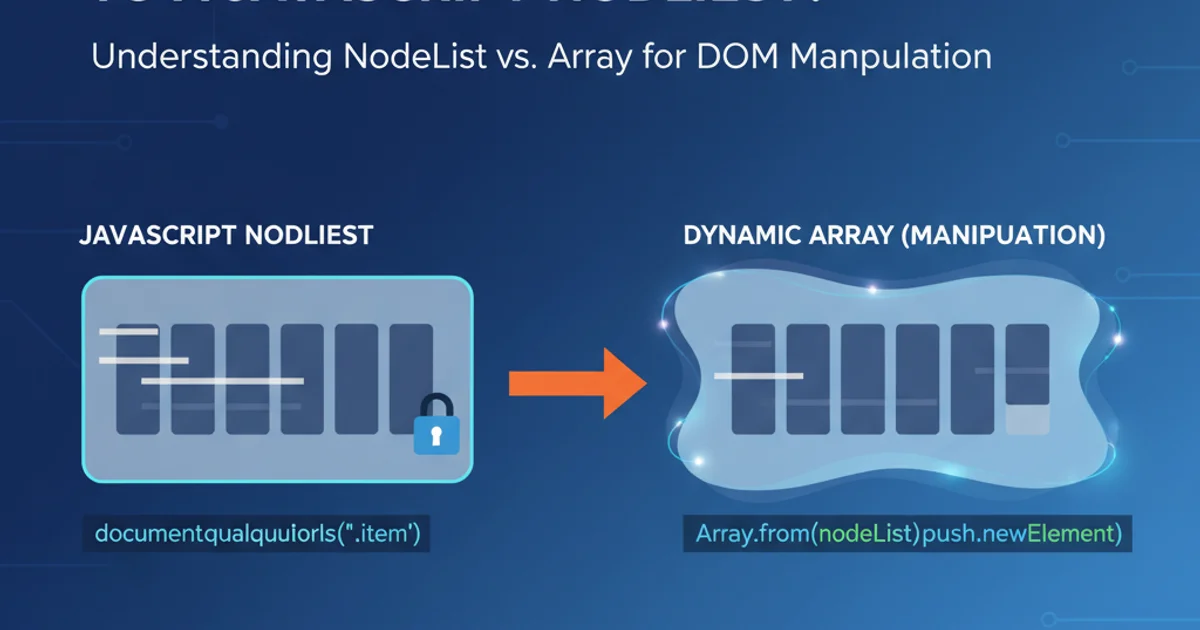Significance of ROW KEY in a database table
Categories:
The Unseen Foundation: Understanding the Significance of ROW KEYs in Databases

Explore the critical role of ROW KEYs in database tables, their impact on performance, data integrity, and how they differ from primary keys.
In the intricate world of database management, terms like 'primary key,' 'unique identifier,' and 'index' are commonly discussed. However, the concept of a 'ROW KEY' often emerges, particularly in the context of NoSQL databases or specific database architectures, carrying a significance that extends beyond a simple primary key. This article delves into what a ROW KEY is, why it's crucial, and how it underpins the efficiency and integrity of your data storage.
What is a ROW KEY?
A ROW KEY, at its core, is a unique identifier for a specific row within a database table or partition. While it shares similarities with a primary key, especially in relational databases where the primary key often serves as the de facto ROW KEY, its importance is amplified in distributed and NoSQL systems. In these environments, the ROW KEY is not just for uniqueness; it's fundamental to how data is partitioned, indexed, and retrieved across potentially many servers. It dictates data locality and access patterns, making it a cornerstone of performance and scalability.
erDiagram
CUSTOMER ||--o{ ORDER : places
ORDER ||--|{ LINE_ITEM : contains
CUSTOMER {
VARCHAR "CustomerID" PK "ROW KEY"
VARCHAR Name
VARCHAR Email
}
ORDER {
VARCHAR "OrderID" PK "ROW KEY"
VARCHAR "CustomerID" FK
DATE OrderDate
}
LINE_ITEM {
VARCHAR "LineItemID" PK "ROW KEY"
VARCHAR "OrderID" FK
VARCHAR ProductID
INT Quantity
}Entity-Relationship Diagram illustrating ROW KEYs in a relational context.
ROW KEY vs. Primary Key: A Subtle but Important Distinction
While often used interchangeably, especially in traditional SQL databases, there's a nuanced difference. A primary key is a column (or set of columns) that uniquely identifies each record in a relational database table. It enforces entity integrity. A ROW KEY, however, can be a broader concept, particularly in NoSQL databases like Apache Cassandra or Azure Cosmos DB. Here, the ROW KEY (often called a partition key or clustering key) determines how data is distributed across nodes and ordered within a partition. It directly impacts read/write performance and query efficiency. A primary key can be a ROW KEY, but a ROW KEY might involve more complex composite structures designed for distributed access.
CREATE TABLE Users (
UserID INT PRIMARY KEY, -- UserID serves as the ROW KEY here
Username VARCHAR(50) UNIQUE,
Email VARCHAR(100)
);
-- In a NoSQL context (e.g., Cassandra CQL):
CREATE TABLE sensor_data (
sensor_id UUID,
event_time TIMESTAMP,
temperature FLOAT,
humidity FLOAT,
PRIMARY KEY (sensor_id, event_time) -- (sensor_id) is the partition key (ROW KEY),
-- (event_time) is the clustering key
);
SQL and NoSQL examples demonstrating primary keys and ROW KEYs.
Impact on Performance and Scalability
The choice and design of a ROW KEY are paramount for database performance and scalability, especially in large-scale, distributed systems. A well-chosen ROW KEY ensures even data distribution, preventing 'hot spots' where a single server becomes overloaded. It facilitates efficient data retrieval by allowing the database to quickly locate the correct partition or node. Conversely, a poorly designed ROW KEY can lead to performance bottlenecks, uneven data distribution, and costly cross-node operations, severely hindering the system's ability to scale.
Best Practices for ROW KEY Design
Designing an effective ROW KEY requires careful consideration of several factors:
- Uniqueness: The ROW KEY must uniquely identify each row or partition.
- Cardinality: High cardinality (many distinct values) helps distribute data evenly. Avoid keys with very few distinct values.
- Immutability: Once assigned, a ROW KEY should ideally not change, as modifying it can be an expensive operation, often requiring a delete and re-insert.
- Query Patterns: Design the ROW KEY to support your most common read and write operations efficiently. For example, if you frequently query by
CustomerID, makeCustomerIDpart of your ROW KEY. - Data Distribution: Aim for a ROW KEY that distributes data evenly across your database nodes to prevent hot spots and maximize parallel processing.
In conclusion, while the term 'ROW KEY' might seem like a technical nuance, its implications for database design, performance, and scalability are profound. Understanding its role, especially in modern distributed database architectures, is essential for building robust and efficient data systems.